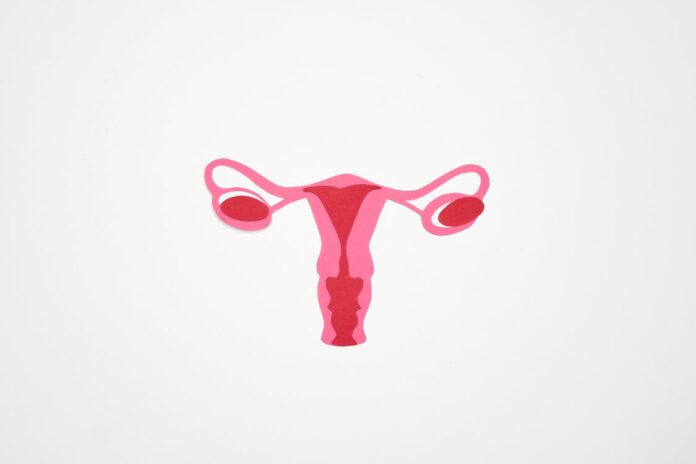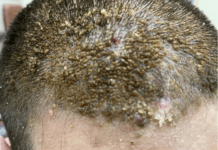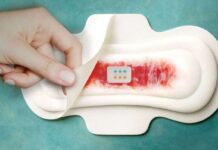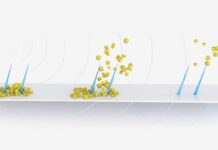After multiple challenges, researchers have finally identified what the cause of preterm labour. The research published in the Journal of Physiology suggests Piezo1 regulates the behaviour of the uterus.
What is Piezo1?
Piezo1 is a protein that relaxes the uterus and maintains it. It also ensures that it stretches continuously during the forty weeks of pregnancy while the fetus grows.
In the U.K., preterm birth is one of the biggest causes of mortality. Around 60,000 babies are born prematurely every year. Piezo1 identification can maintain the stretch activation channels in pregnancy. Moreover, this opens opportunities for drugs and therapies to treat preterm labour.
The outer muscular layer of the uterus is the only muscle that the nerves do not regulate and it must be dormant for 40 weeks. Although significant expansion and stretch are seen when the fetus is developing into a baby. Researchers from the University of Nevada explored the mechanistic pathways of the smooth muscles of the uterus. It helped them in understanding the dynamics and the maintenance of pregnancy and relaxation state till labour is induced.
When the uterus is stretched to mimic activities during pregnancy, it activates Piezo1 channels. Furthermore, the flow of calcium molecules is driven, which generates a signalling cascade, activating nitrous oxide synthase, producing molecule nitric oxide. The channel’s cascade also helps in the maintenance of the dormant state of the uterus.
How does it work?
Piezo1 works in a dose-dependent manner and controls the uterus. Chemical Yoda1 upregulates it and chemical Dooku1 downregulates it. The uterus remains relaxed when Piezo1 is upregulated. However, the Piezo1 tissue is downregulated in preterm tissue. It switches off the dormant muscle signalling, the uterus contracts and labour is initiated.
Professor Iain Buxton, University of Nevada said,
Pregnancy is the most impressive example of a human muscle enduring mechanical stress for a prolonged period. Finding Piezo1 in the muscular layer of the uterus means the uterus is controlled locally and is coordinated by a stretch-activated mechanism rather than hormonal influence from the ovaries or the placenta, which has been the assumption.
It is troubling that there are still no drugs available to stop preterm labor. Thanks to the Nobel Prize winning discovery of Piezo proteins, which are responsible for how the body responds to mechanical force, and our investigation, we are now closer to developing a treatment. Piezo1 and its relaxation mechanism provide a target for us which we could potentially activate with drugs. We need to test this with further studies and we hope to carry out clinical trials in the future.
Molecular tools were used to discover the presence of the channels. Furthermore, the pregnant tissues were stimulated with the channel’s activator and inhibitor. It helped in characterizing the regulation of quiescence.
However, further research is required to understand the steps that regulate Piezo1 channels and if more chemicals are involved.




